

Engage prospects with a scan and streamline customer engagement with FREE QR code marketing tools by Sona – no strings attached!
Create a Free QR CodeFree consultation

No commitment

Engage prospects with a scan and streamline customer engagement with FREE QR code marketing tools by Sona – no strings attached!
Create a Free QR CodeFree consultation

No commitment
In today’s digitally driven world, QR codes have become more than a novelty; they are a vital force for wine bars striving to deepen guest connections and gain a measurable business edge. Many wine bar owners miss opportunities due to blurry data, untracked guest interest, and disconnected marketing touchpoints, ultimately limiting revenue and loyalty gains.
Modern guests expect streamlined experiences and personalized recommendations. QR codes provide wine bars with an intuitive, contactless way to guide customers from table menus to loyalty program sign-ups or event discovery, all without cumbersome app downloads or friction. This enriches the classic wine bar atmosphere while enabling smarter, more efficient marketing journeys and offering operators new visibility into guest preferences and behaviors.
This article explores how sophisticated QR code marketing, anchored in data-driven tactics, helps wine bars address common challenges such as anonymous foot traffic and untracked event RSVPs. With these strategies, wine bars can boost engagement, streamline operations, and unlock new revenue opportunities, making QR codes a cornerstone of effective, scalable marketing.
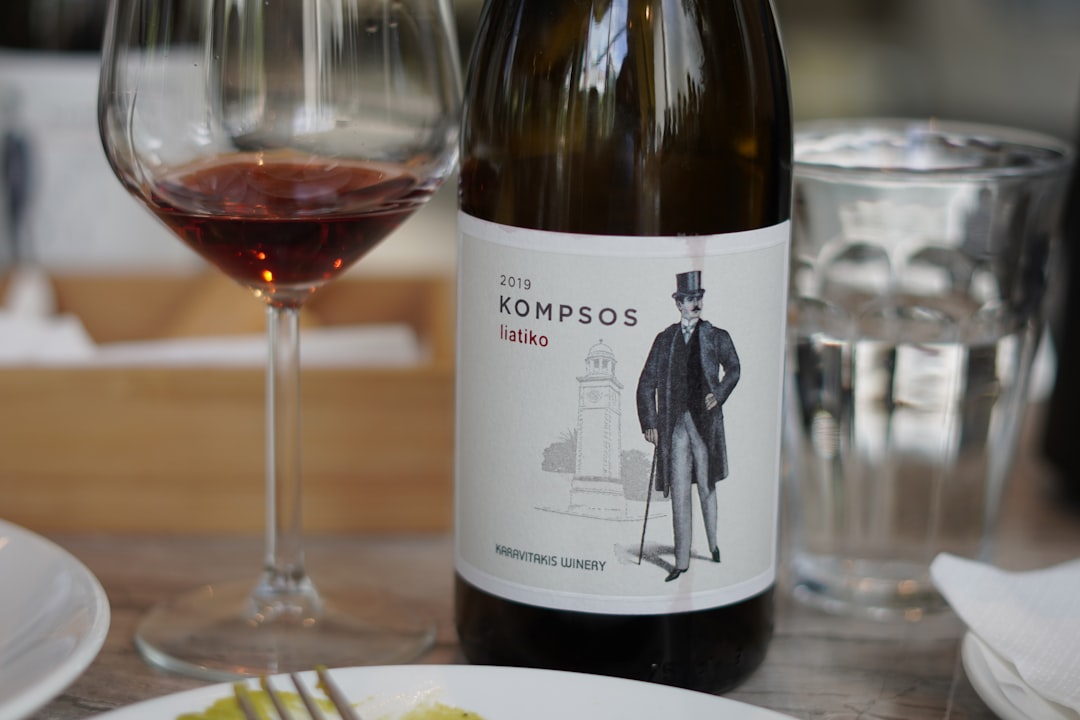
Traditional printed menus or static loyalty cards pose barriers for wine bars: they are uninspiring, difficult to measure, and often cause high-value prospects to slip through the cracks. When guest actions go untracked, such as exploring event flyers but never filling out a signup form, wine bar teams lose follow-up opportunities and valuable insights. QR codes address these gaps by transforming analog touchpoints into interactive guest entry points that capture intent and enable next-step actions within seconds.
To achieve consistent customer engagement, wine bars should replace outdated analog processes with QR-powered experiences. Paper tasting sheets give way to dynamic tasting flights with instant feedback capture. Manual event lists become automated RSVPs with attendance tracking and follow-up. Punch-card loyalty becomes digital enrollment with personalized offers. Each upgrade not only delights guests but also creates a measurable path from first scan to second visit.
Modern platforms make it effortless to link scan data to CRM records and ad audiences, ensuring that even guests who do not fill out a form are not lost as anonymous visitors. With tools like Sona QR, wine bars can unify scan activity across menus, signage, and events, then sync outcomes to email, SMS, and ad platforms for lifecycle marketing.
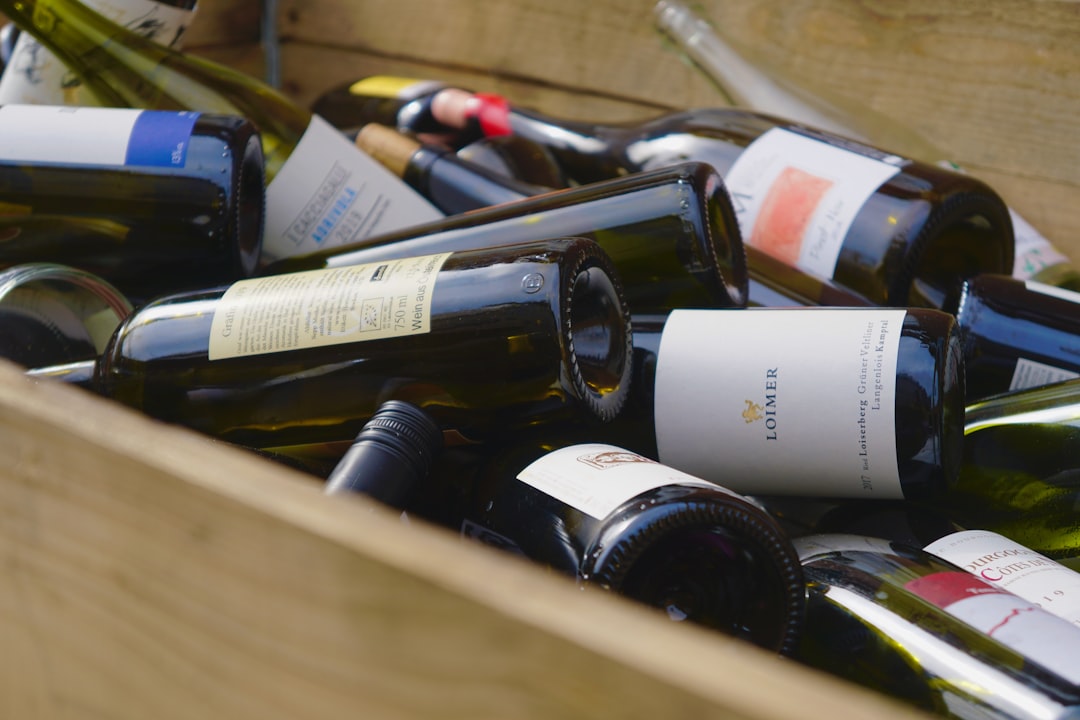
Wine bars routinely face the challenge of turning in-person interest into actionable marketing signals, especially when anonymous visitors check menus or attend tastings without making themselves known. The inability to identify and track intent often means operators lack visibility into which promotions, wines, or experiences drive new or repeat business. QR codes bridge this divide by converting physical interactions into measurable digital engagement.
The value is not just convenience. It is the ability to offer immediate next steps that match the guest’s mindset. Someone browsing a reserve list may be primed for a sommelier chat or a reservation. A guest at a tasting flight might be ready to RSVP for the next event or join a wine club. By using QR codes on menus, table tents, receipts, coasters, and door signage, you turn fleeting moments into rich data and follow-up opportunities.
Some establishments now centralize QR touchpoints on menus, table tents, and event flyers, empowering staff to guide guests toward scanning and ensuring digital interactions are captured. The result is a connected experience that blends hospitality with technology in a subtle, brand-forward way.
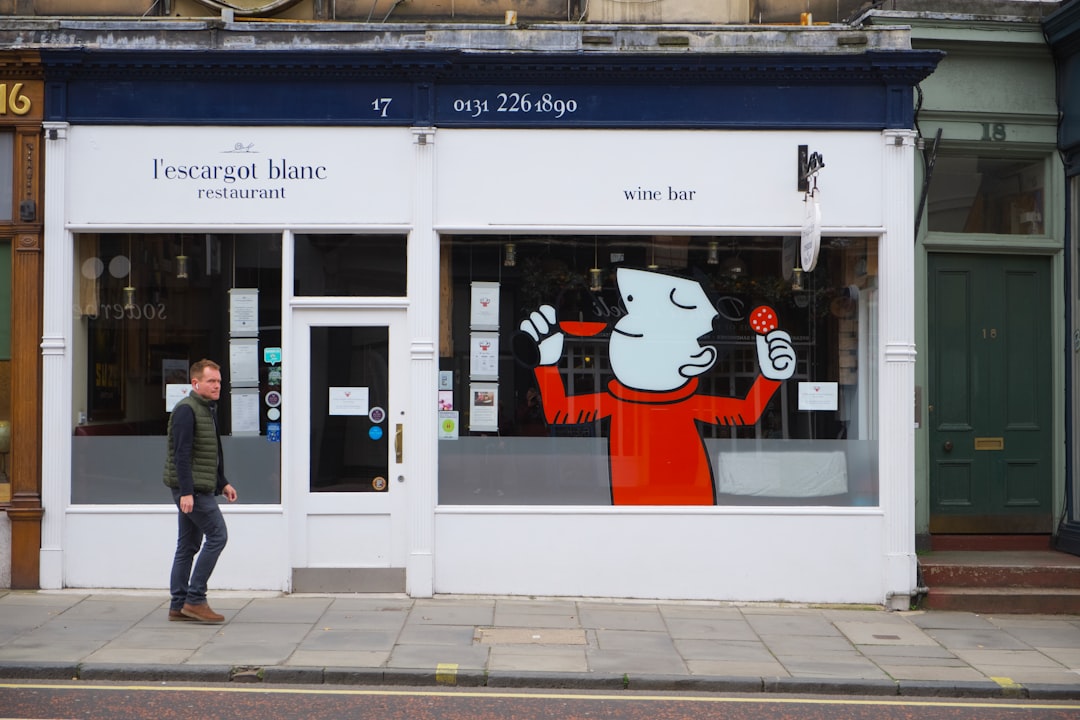
The absence of digital tracking for traditional bar collateral causes wine bars to miss opportunities to engage, upsell, and retain guests. Matching the right QR format to the right moment solves this. While a simple web link is often enough, other formats can be high impact when placed strategically and paired with the right CTA.
Focus on formats that map to frequent interactions in wine bars: menu browsing, event interest, contact exchange, Wi-Fi access, and social engagement. Dynamic QR codes let you update destinations and track performance, while static codes are best for evergreen uses that never change.
Dynamic QR codes, managed on a centralized platform like Sona QR, ensure all guest interactions, regardless of location or event, are actionable and connected to broader marketing efforts. Static codes can still play a role for unchanging assets, but dynamic codes unlock retargeting, analytics, and ongoing optimization.
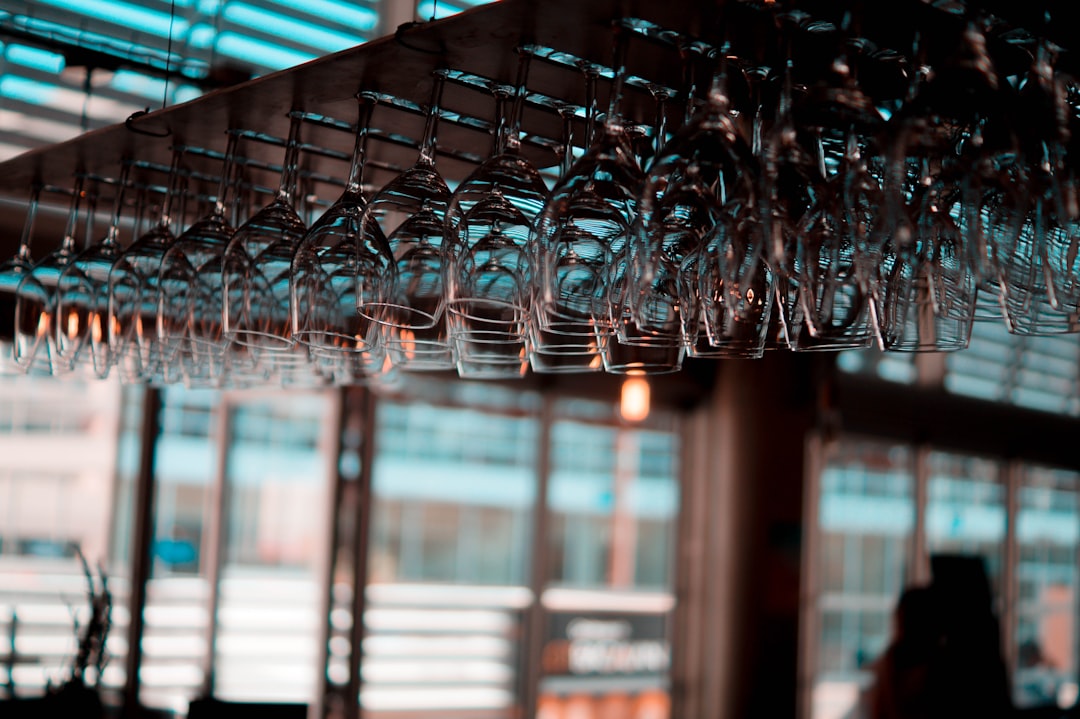
A common frustration in wine bars is the loss of visitor data at high-impact touchpoints like tasting events or menu explorations. Without a digital bridge, those moments pass unnoticed. Growth-focused wine bars now place QR codes wherever genuine engagement happens, then tie those scans to timely follow-up.
Start with the experiences guests already love: browsing new varietals, discovering pairings, joining tastings, and checking out seasonal flights. Add QR codes that make it easy to act in the moment. Then, use scan data to measure which placements and messages work best, and iterate.
By syncing scan data from physical touchpoints with your CRM, you ensure that interest, even from those who do not fill out forms, is never lost. Over time, this creates a data-rich view of how in-venue behavior leads to reservations, club sign-ups, and return visits.
Missed conversions and lost upsells often result from a lack of systematic follow-up when guests remain anonymous. QR codes unlock a range of high-value use cases that turn curiosity into commitment and one-off visits into lasting relationships.
Start with three foundational deployments, then layer in additional scans that align with your brand and space. The key is to connect each use case to a measurable outcome and a clear next step, whether that is a reservation, review, or loyalty enrollment.
When deployed consistently, these use cases compound. The same guest who scans a menu may later RSVP for a tasting, leave a review, and eventually join your loyalty program. Each scan reveals intent and moves them along a well-designed journey.
A persistent problem for wine bar marketers is the disconnect between offline engagement and digital retargeting, which results in generic outreach or missed follow-up. Each unique scan can now build smarter segmentation that is grounded in real behavior, not assumptions. For deeper strategy on signal-based marketing, see Sona’s blog post titled The Essential Guide to Intent Data: Leveraging Signals to Increase Revenue.
By deploying multiple QR codes across touchpoints, you can automatically sort guests into meaningful audiences, then deliver tailored follow-ups that match what they scanned and when. For example, a late-night menu browser might receive a happy hour invite, while a reserve list explorer gets a private tasting offer.
For wine bars, valuable distinctions include locals versus tourists, first-time versus returning guests, menu explorers versus event participants, and high-spend diners versus casual sippers. With Sona QR, each scan becomes a structured signal that can be fed into email sequences, SMS drips, and paid retargeting, so your follow-ups always match the moment.
Many wine bars struggle to measure which marketing channels are most effective when print campaigns, in-venue experiences, and digital efforts do not share data. QR codes unify this ecosystem, making each touchpoint measurable and actionable. The result is a connected journey that keeps your brand present from discovery to repeat purchase.
Think of QR codes as the offline onramp to your digital engine. They turn posters, coasters, menus, and events into interaction points that sync with your CRM. With a centralized platform, you can evaluate performance across channels and allocate budget to what works.
With Sona QR, you can manage all your codes, monitor cross-channel performance, and sync scan data with your CRM and ad platforms. Start creating QR codes for free at Sona QR.
Clarify the specific challenge you want to solve and anchor it to a measurable goal. Common starting points for wine bars include untracked event interest, underperforming menu conversions, and missed loyalty enrollments. Define success in concrete terms, such as increasing tasting RSVPs by 30 percent, doubling review volume, or capturing 200 new loyalty members this quarter.
Map each goal to a guest moment. For example, if your reserve menu needs more attention, add a scannable note to the main menu that says Scan to explore tonight’s limited pours. If private bookings are a priority, include a QR on the check presenter that opens a short inquiry form for corporate tastings or celebrations.
Select the QR format that best supports the action and the measurement needed. In most cases, dynamic QR codes are recommended because they allow you to update destinations, append UTM parameters, and see analytics without reprinting.
Static codes are suitable for evergreen content like a general contact card, but they lack flexibility and tracking. For any campaign tied to performance goals, choose dynamic and ensure your platform can integrate with your CRM and ad tools.
Design your code with brand consistency and scannability in mind. Add a small logo, use high-contrast colors, and frame the code with a benefit-driven CTA. Place a short value proposition near the code so guests understand what they get by scanning within two seconds.
Test the code in the same context where it will live. Scan from multiple devices and distances, under low light, candlelight, and varied angles typical of a wine bar setting. Validate that the landing page loads quickly and is thumb friendly.
Roll out your codes at the touchpoints most prone to data loss or where intent is strongest. Start with menus, table tents, tasting cards, and event posters. Then expand to receipts, door signage, bottle tags, and direct mail.
Match placement to guest behavior. For example, put review prompts near the exit or on check presenters, while event RSVPs belong on tasting menus and flyers near the bar. Rotate creative to prevent fatigue and to test which messages convert.
Use a centralized dashboard to track scans, sources, devices, and outcomes. Layer UTM parameters on all destinations to attribute traffic accurately. Monitor conversion steps beyond the scan, such as form starts and completions, and identify where drop-offs occur.
Iterate weekly. A/B test CTAs, placements, and landing pages. Retire underperforming codes and scale winners by adding them to more surfaces or promoting them in additional channels. Feed insights into your event planning, inventory decisions, and promotional calendar.
A major obstacle for wine bars is connecting guest actions to business results, especially when interest and purchase intent occur anonymously. Advanced QR code solutions solve this by capturing granular context at the scan, enriching CRM profiles, and attributing conversions across channels.
Start by defining the journey stages you want to measure: discovery, engagement, conversion, and re-engagement. Then, assign QR codes to moments within each stage and instrument your analytics so you can see how a scan at the table leads to an RSVP, a return visit, or a membership. The more consistent your tagging, the clearer the revenue picture becomes. For measurement frameworks, see Sona’s blog post titled The Essential Guide to Offline Attribution: Maximizing ROI Through Offline Channels.
Some technologies now offer account-level reporting and journey mapping, allowing subtle guest signals to re-enter the marketing funnel. Sona QR and Sona.com combine scan capture with identity resolution and multi-touch attribution, unifying offline and online touchpoints from first scan to closed revenue.
Many wine bars see poor results from QR campaigns due to generic deployments, inconsistent tracking, or weak follow-up. The remedy is a focused, data-driven approach that maps scans to specific goals, aligns CTAs with context, and automates what happens next.
Prioritize the media your guests encounter most and the actions that matter most to your business. Then, layer in creative placements that feel unique to your brand and space. Train staff to reference the codes as part of the service, and always close the loop with thank-you messages or next-step offers. For why measurable accuracy matters, read Sona’s blog post titled The Importance of Accurate Revenue Attribution.
Creative deployment examples that work in wine bars include QR codes on bottle neck tags for featured wines, QR-enabled tasting lanyards at special events, and scannable check presenters that invite guests to join the club for a welcome pour next visit.
Not all QR platforms are created equal. Wine bars need solutions that balance aesthetic control with robust analytics, offer dynamic updates without reprints, and integrate cleanly with CRM and ad tools. The right platform should support growth today and scale as your audience, venues, and campaigns expand.
When evaluating options, prioritize features that enable segmentation and optimization. A platform that only provides basic scan counts will not help you attribute revenue or personalize follow-up. Look for end-to-end capabilities that turn physical engagement into a connected digital journey.
Advanced platforms such as Sona QR allow wine bars to build detailed guest profiles, treat each scan as a data asset, and connect offline experiences to online results. The combination of dynamic codes, analytics, and integrations is what turns QR from a convenience into a strategy.
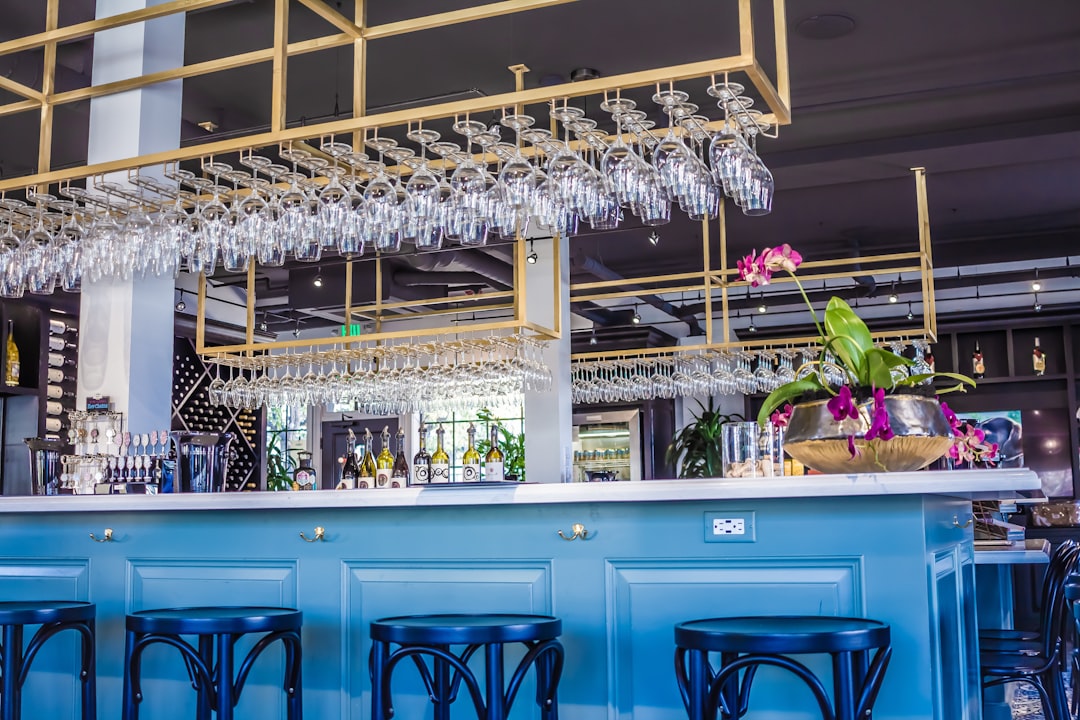
Wine bars adopting data-driven QR strategies report tangible gains over traditional methods: fewer missed prospects, higher event conversions, and smarter follow-up. The common thread is intentional design, clear CTAs, and consistent measurement that feeds back into operations and marketing.
The best examples combine hospitality and data in a way that enhances the guest experience. Scans are never pushy, always helpful, and often delightful. When the technology aligns with the atmosphere, engagement rises naturally.
Digital marketing experts often cite QR-powered data capture as the key to connecting in-bar presence with sustained digital engagement. Analysis of scan and follow-up data shows both engagement and guest satisfaction rise when offline and online journeys are intentionally connected.
QR code strategy is reshaping how wine bars align their venues with modern guest expectations, turning menus, tasting cards, and collateral into digitally enabled gateways for deeper engagement. By making every touchpoint measurable, even previously fleeting interest is turned into an opportunity for connection and revenue growth.
Wine bar teams now have powerful tools to identify and pursue real business opportunities, from attributing offline actions to digital loyalty, to capturing upsell and repeat-visit chances that traditional methods overlooked. Leveraging advanced QR code technology ensures that no valuable visit goes unnoticed, enabling nurturing at every stage and supporting sustainable business growth.
QR codes have transformed wine bars from simple tasting spots into interactive, data-driven engagement hubs. Whether it’s attracting new patrons, enriching the tasting experience, or gathering valuable customer preferences, QR codes replace guesswork with instant, mobile-friendly interactions that turn every menu, bottle, or event into an opportunity for deeper connection and increased revenue. Imagine knowing exactly which wine selections or promotions spark the most interest—and adjusting your offerings in real time to maximize satisfaction and sales.
With Sona QR, you can create dynamic, trackable QR codes tailored specifically for wine bars, updating campaigns instantly without the need to reprint menus or signage. Every scan connects directly to actionable insights, helping you fine-tune marketing efforts and boost customer loyalty. Start for free with Sona QR today and transform every sip into a smarter, more profitable engagement.
QR codes provide wine bars with a contactless way to engage guests, track their preferences, enable digital menus, event RSVPs, loyalty sign-ups, and connect offline interactions to measurable marketing data.
Wine bars can replace printed menus and paper loyalty cards with QR-powered interactive menus, digital loyalty enrollment, automated event RSVPs, and feedback forms to capture guest intent and encourage repeat visits.
Common QR code formats include web links to menus and offers, event RSVP forms, vCards for contact info, Wi-Fi access codes, and social media or review prompts, with dynamic QR codes preferred for tracking and updating content.
Effective placements include menus, table tents, tasting invitations, receipts, door and sidewalk signage, wine bottle tags, coasters, and event posters to capture guest interest at key moments.
Each QR code scan segments guests based on their interaction type and location, enabling personalized follow-ups, retargeting campaigns, and syncing with CRM and ad platforms for smarter audience management.
They should choose a use case with measurable goals, pick the appropriate QR code type, design and test the code for usability, deploy it across high-impact touchpoints, and continuously track and optimize performance.
By tracking scan-level analytics such as timestamp, location, and device, linking scans to outcomes like reservations and reviews, and integrating data with CRMs and ad platforms for attribution and retargeting.
Wine bars can offer dynamic menus with pairing recommendations, instant event RSVPs, digital loyalty sign-ups with incentives, review and social media prompts, and private booking inquiry forms through QR codes.
Wine bars leverage QR codes to provide personalized, data-driven guest experiences focused on wine selection, tastings, events, and loyalty programs, whereas regular bars may rely less on such targeted digital marketing.
While the article does not directly explain finding wine bars with live music, QR codes at wine bars can link to event calendars and promotions, which may include live music schedules, enabling guests to discover such offerings.
Use Sona QR's trackable codes to improve customer acquisition and engagement today.
Create Your FREE Trackable QR Code in SecondsJoin results-focused teams combining Sona Platform automation with advanced Google Ads strategies to scale lead generation

Connect your existing CRM

Free Account Enrichment

No setup fees
No commitment required

Free consultation

Get a custom Google Ads roadmap for your business






Launch campaigns that generate qualified leads in 30 days or less.
